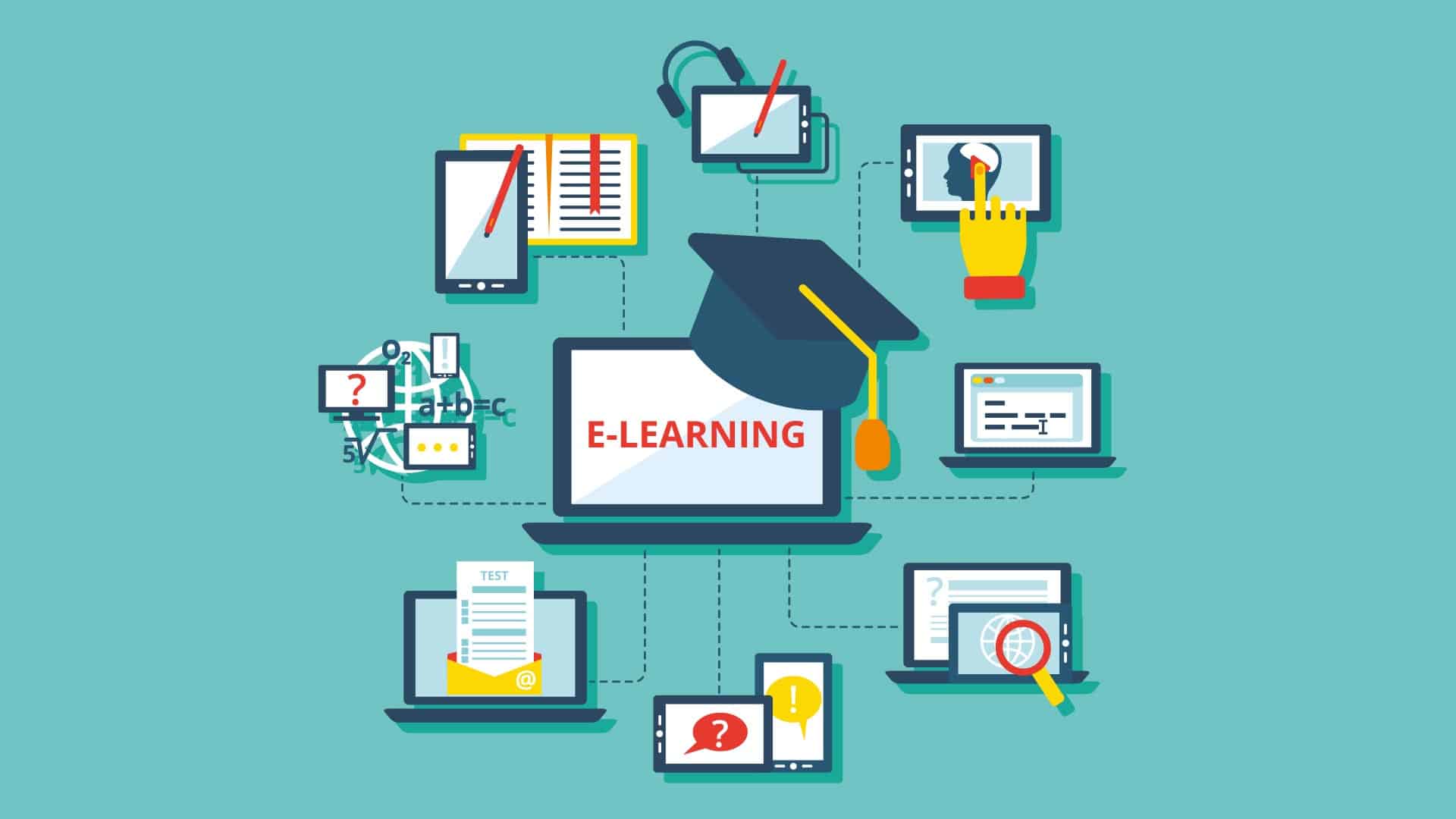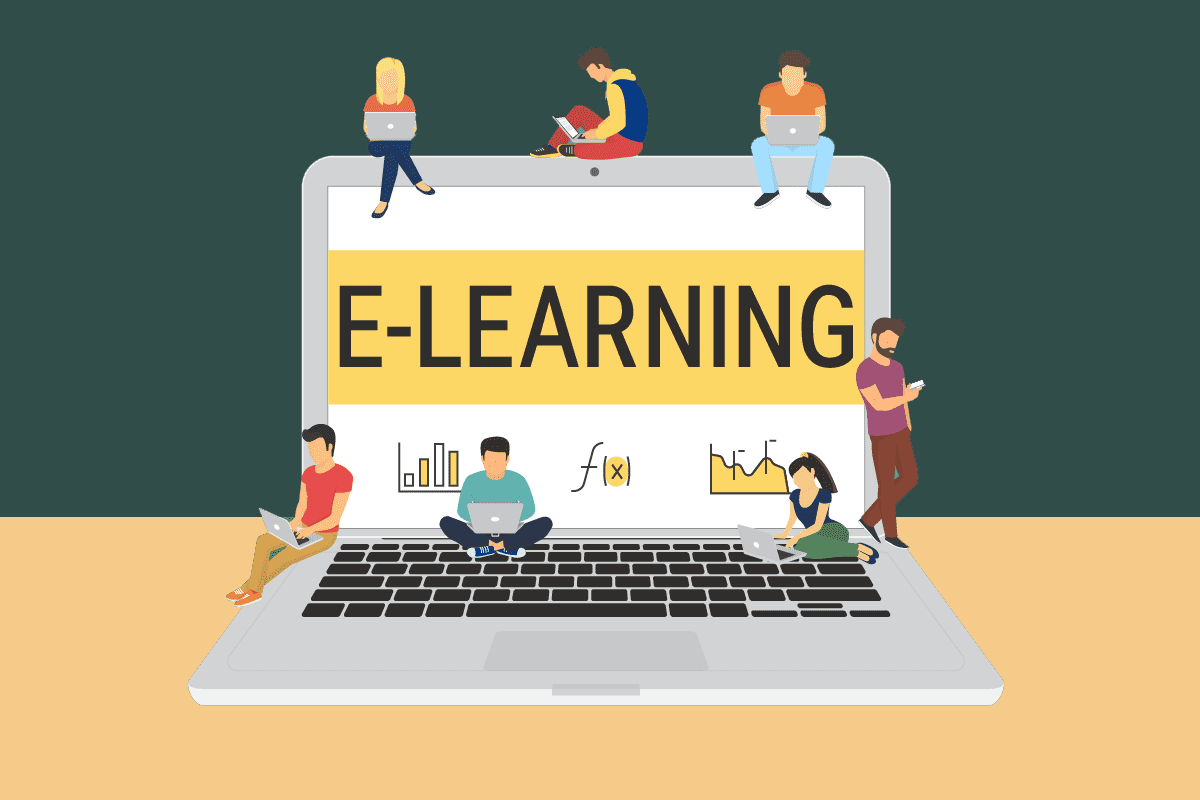At the start of the pandemic, societies emphasised the importance of teachers developing their skills in online tutoring and home-based learning, which have become the new norm in the field of education. To create engaging online classes, educators are encouraged to develop new and innovative methods.
Most universities and schools have implemented Learning Management Systems to facilitate online tutoring using digital tools (LMS). Educators had to adapt quickly when the mode of instruction changed, which was difficult for tutors unfamiliar with digitalized learning. While home tuition is still in high demand, online tuition is becoming more popular.

Private tutoring has its own set of advantages and disadvantages, but distance learning has undergone some changes that require both students and tutors to adapt in order to continue to operate effectively. It is undeniably a difficult transition to go through.
# 1 SCREEN-BASED LEARNING
Online learning requires students to stare at a screen rather than a whiteboard. Students must now sit attentively through online classes with self-discipline from the comfort of home.
Another disadvantage is that children should not be staring at a screen all day. Dry and tired eyes would result. The heat emitted by devices causes exhaustion in students.
Knowing the benefits and drawbacks of e-learning, students and tutors must avoid aggravating the situation. Instead, everyone should work together to maximise the situation’s benefits.
# 2 INTERACTION MODE
With platforms like Zoom and Google Meet, you can only interact by keeping the video on and unmuting yourself to speak. In a classroom, the tutor would do all the talking, but online, this can get boring.

Organize discussions to make this more interactive. Tutors can create breakout rooms and divide large classes into smaller groups for discussion. When finished, the breakout rooms can be dismissed and each group can present to the class.
This keeps the lesson interesting and the tutor from talking all the time.
# 3 ASSIGNMENTS

Now that everything is digital, online assignments are the next option. Online assignments don’t have to be boring written reports. Other options include:
- Group discussion-based projects
- Case studies
- Online quizzes (platforms like “Kahoot!” is good)
- Student seminars
- Group PowerPoint presentations
- Essays (to be submitted online through platforms like Google Classroom, for example)
Tutors should aim for collaboration as doing assignments alone can be difficult. Some students may feel helpless because they are not used to working online. Diverse learning styles would also make learning more interesting.
AS A CONCLUSION,
We must adapt to this new learning style whether we like it or not. The times have changed and we must adapt. While the change may be difficult, tutors and students must accept it. Digitalised learning is the future and it will open many doors for progress and development.








